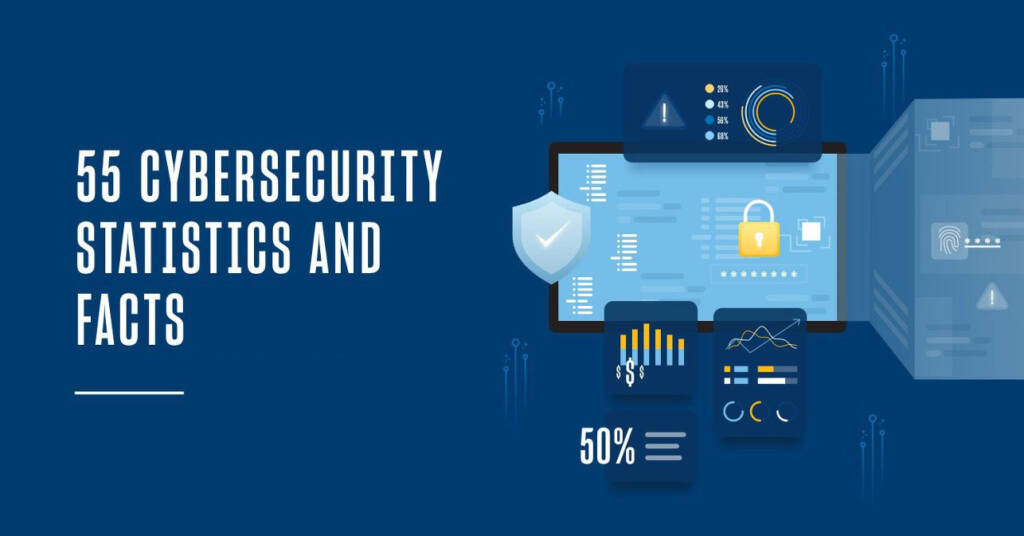What Is the Internet of Things?
What do your home security system, fitness tracker, vehicle GPS and local traffic lights have in common? They all contain devices that are part of the Internet of Things (IoT).
This network brings together physical objects, critical infrastructure and IT devices that contain sensors, software and other modern technology, allowing them to exchange data over the internet.
IoT holds significant promise; The National Institute of Standards and Economy went so far as to publish that it “could revolutionize the American economy by enabling a fully connected world with on-demand access to data, systems, and each other.”
In simpler terms, IoT is how everyday objects access the internet and communicate with each other and with humans. As you can imagine, this comes with extreme security concerns, which is why IoT and cybersecurity are often discussed together.
As more devices become connected, challenges around privacy, security and data management also arise. Ensuring the protection of sensitive information and implementing solid security measures are crucial aspects of this discussion.
Keep reading to learn what your role can be in this increasingly complex and important position.
Cybersecurity and the Internet of Things
Technology like IoT has made cybersecurity more valuable today than any other time in history. The following are important cybersecurity considerations surrounding IoT:
- Data protection
Hackers across the world are using malware, phishing, ransomware and more to attack valuable systems, including an estimated 15 billion IoT devices as of 2020. Depending on the device, data contained within each could put individuals or critical infrastructure at risk. Consequences range from identity theft to interruption of delivery systems that provide water and electricity. - Network safety
As network connections are integrated into widespread infrastructure, the Cyber Security & Infrastructure Security Agency has developed strategies for addressing IoT threats. Federal officials warn that it is crucial for cybersecurity efforts to grow faster than our national dependence. Stakeholders are encouraged to consider:- Evaluating security settings
- Ensuring you have updated software
- Connecting carefully
- Using strong passwords
- Risk mitigation
Some of the best ways to mitigate IoT cybersecurity threats are with regular security assessments, strong device authentication and access to cybersecurity experts with up-to-date education. Companies are investing in professionals who are able to understand risk and mitigation challenges, adjust policies and processes and implement the strongest modern practices.
Establishing Your Cybersecurity Career
To be successful in cybersecurity and IoT, you will need to cultivate certain hard and soft skills that will enable you to take on challenges in a fast-paced work environment.
Hard skills, or specific technical capabilities, in this instance include:
- An understanding of fundamental technology (i.e. programming languages, network configuration and firewall installation)
- Data analysis
- Cloud implementation
- Technical troubleshooting abilities
Soft skills, or personal attributes, that are useful in cybersecurity work are:
- Adaptability
- Communication skills
- Time management
- Leadership qualities
In order to build these skills and more, explore the University of San Diego’s 100% online programs to become a Master of Cyber Security Operations and Leadership or Master of Science in Cyber Security Engineering. Bachelor-prepared students are ideal candidates for this advanced degree, focusing on state-of-the-art techniques to defend against the latest cyber threats in either the public or private sector.
A worldwide effort to enhance cybersecurity has created lucrative employment opportunities for candidates with the right skills, experience and education.
Want to know more about top-paying cybersecurity jobs? Learn the latest details (including how some senior-level positions are paying hundreds of thousands of dollars each year) through USD.





